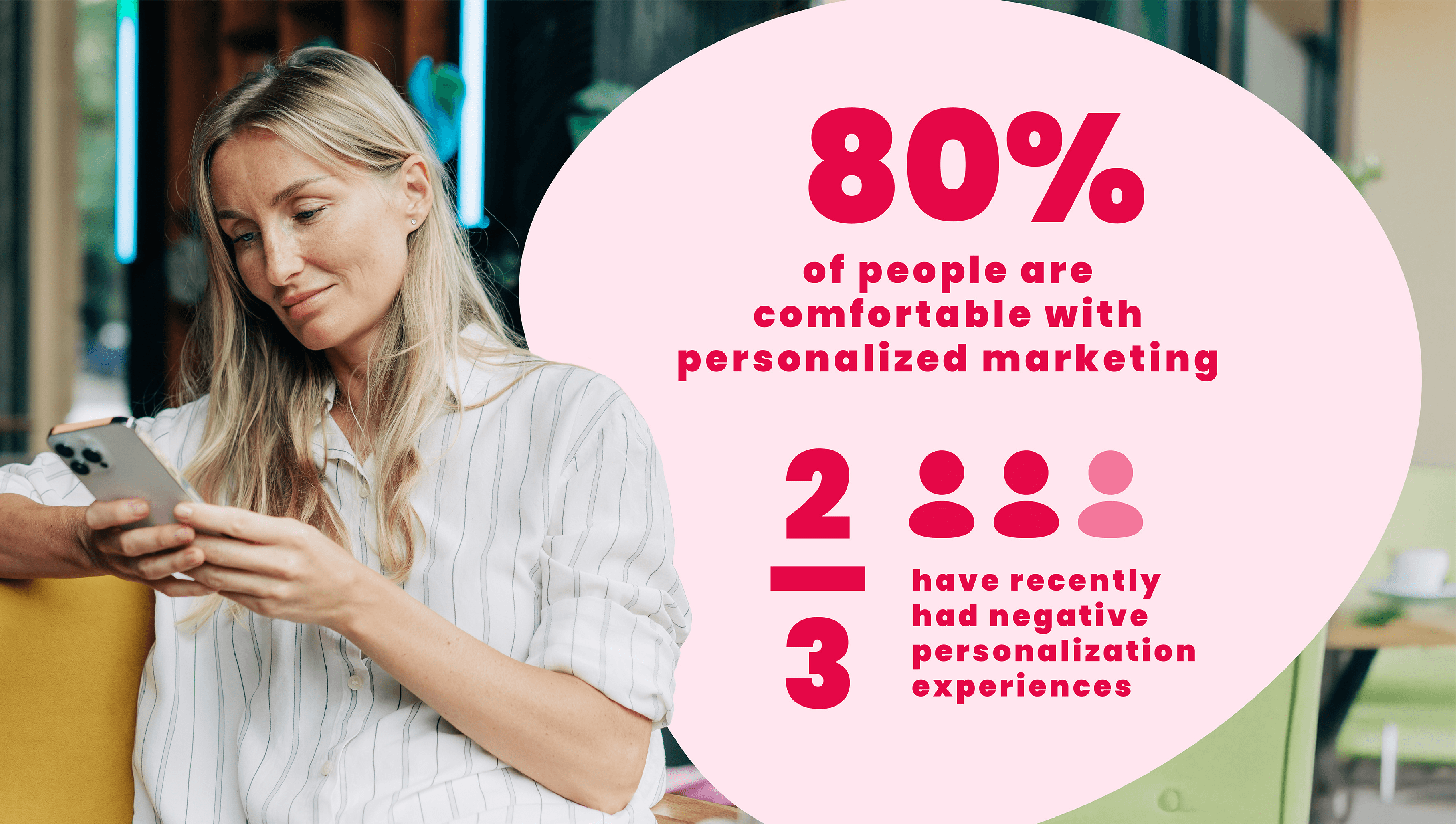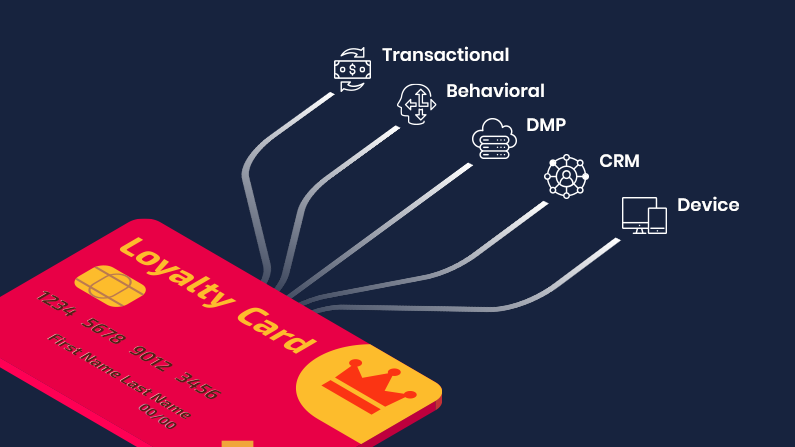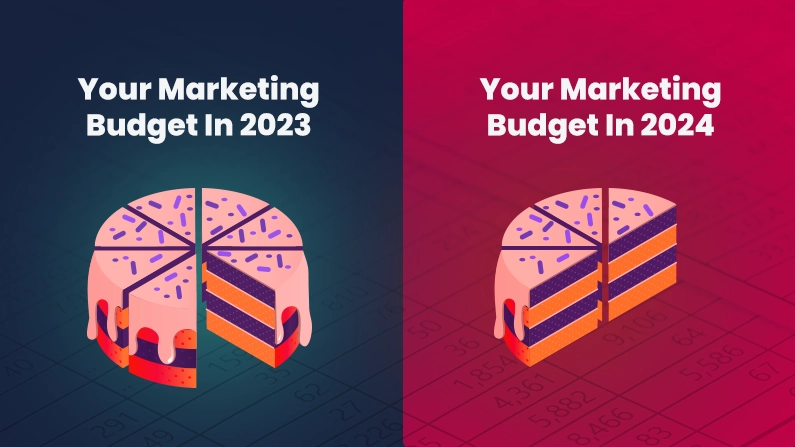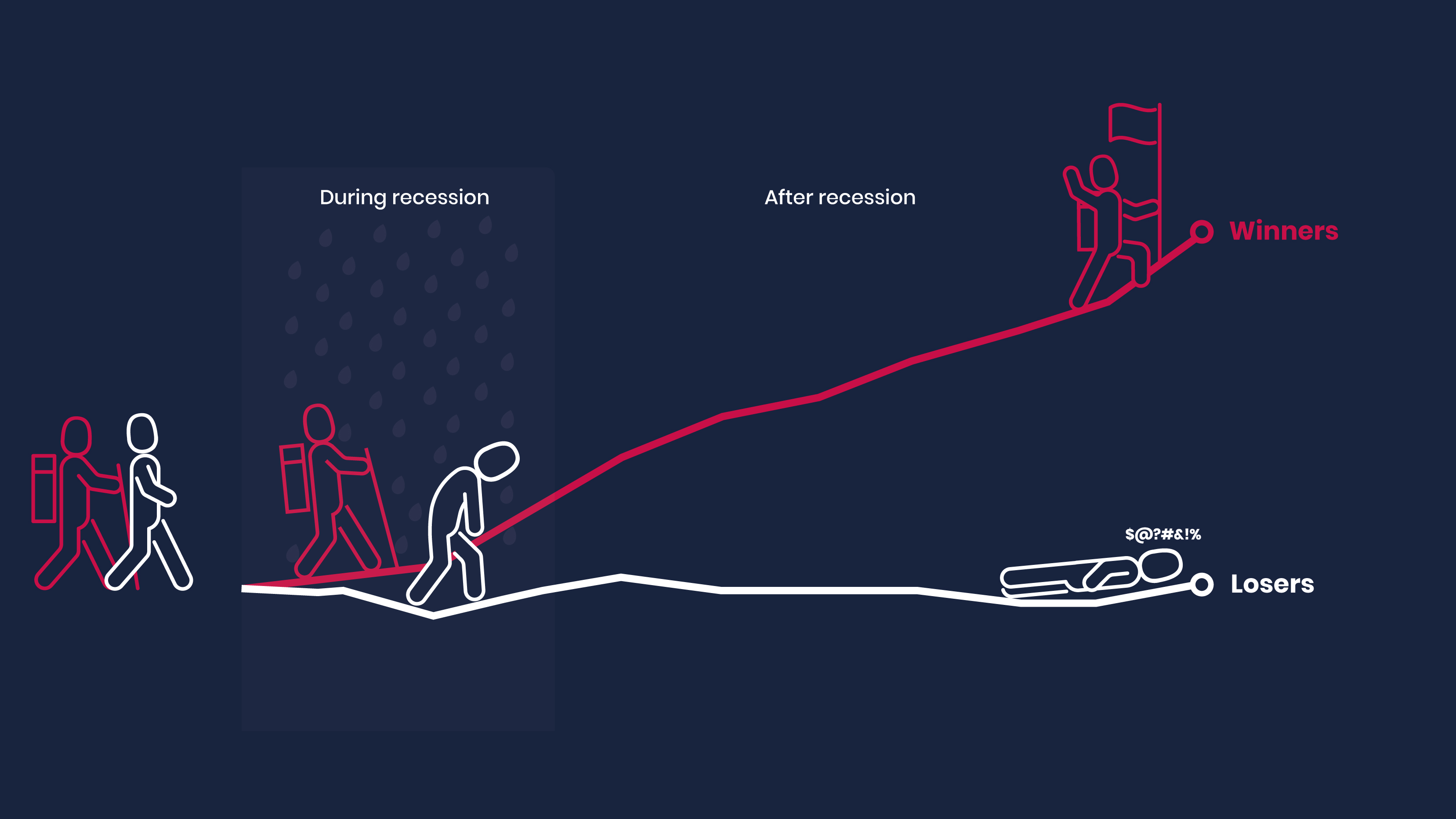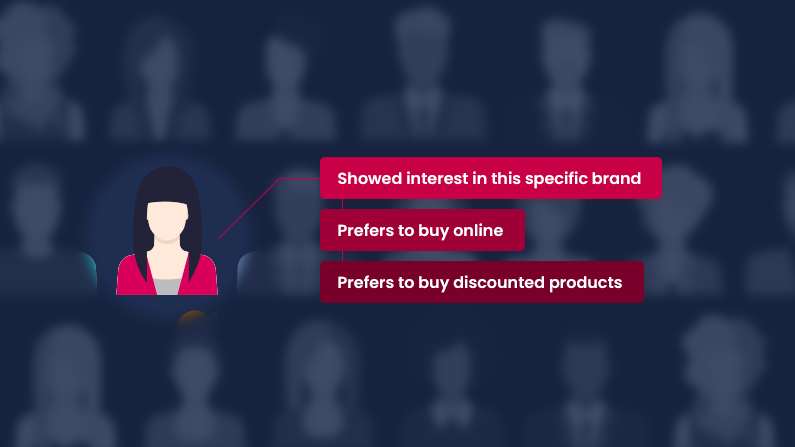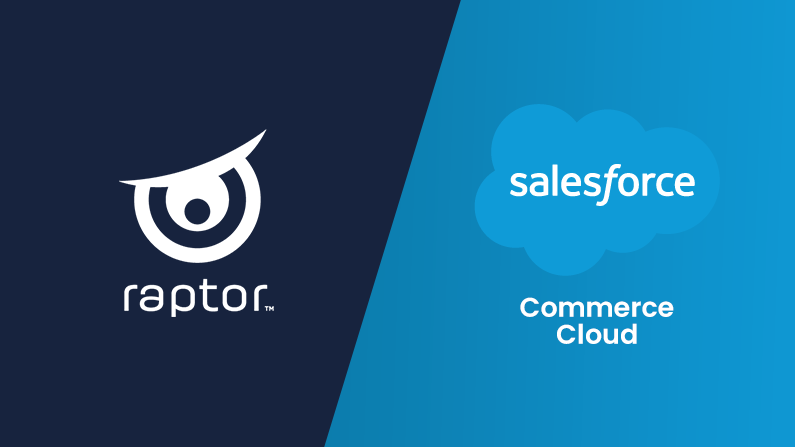How the top e-commerce brands are working with loyalty: Trends and challenges for 2024
May 08, 2024 | CDP, Customer Data Platform, GDPR, AI
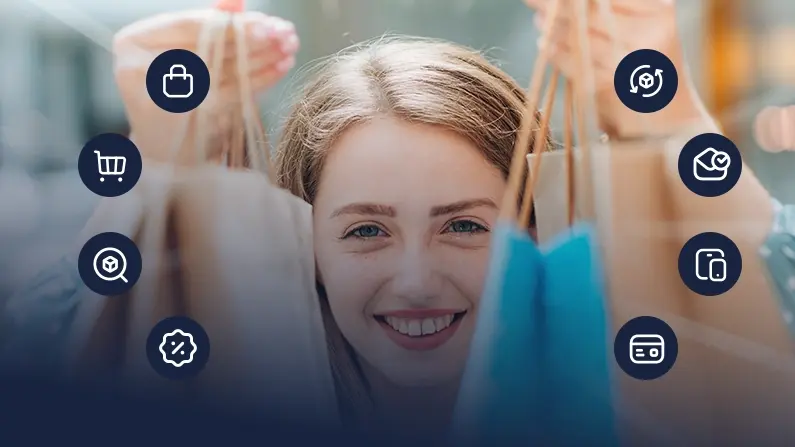
Loyalty is key
No matter what corner of e-commerce you’re in, everyone can agree on one thing: Loyalty comes before anything else.
In fact:
- Increasing customer retention rates by 5% increases profits by 25% to 95% (Harvard Business Review)
- Existing customers are 50% more likely to try a new product – and spend 31% more than other customers (Forbes)
- Getting a new customer is between 5 and 25 times more expensive than retaining an existing one (Harvard Business Review)
Loyalty is well worth the effort.
But what’s the best way to go about it?
Do you set up a loyalty program (spoiler: yes, you do), and if so, how do you create incentive to join?
What are some of the biggest challenges that e-commerce businesses are facing when working with loyalty?
And what about the tech side of things? Do you invest in a dedicated loyalty engine, or can you do plenty good with what you already have?
We asked 6 of Denmark’s most successful e-commerce brands with a member base of 4+ million how they’re currently working with customer loyalty. And how they recommend you go about it.
Let’s dive in.
Loyalty software – to buy or not to buy?
If loyalty is a major point on your agenda, then one central question will inevitably present itself: Should we invest in dedicated loyalty software or should we make do with what we’ve got?
There’s no right or wrong answer and it all depends on what your loyalty strategy is and what your current tech stack can do.
Out of the brands we asked, a good portion ran their loyalty club through their ERP system, which works perfectly for a simple setup. If you have a Customer Data Platform (CDP), you’re even better equipped to get to know your customers and build segments and campaigns based on their activities. For example, you can segment your most dedicated customers, improve Customer Lifetime Value (CLV), and create targeted and specific discounts and messages on all your platforms. And that can take you very far.
However, there are some great options if you want to take it a step further.
A loyalty engine like FLYX lets you manage loyalty across multiple different sales channels. Better yet, the platform allows you to offer vouchers, manage points, membership rankings, and much more. As a loyalty engine, FLYX integrates seamlessly into your exiting ecosystem, even your POS systems in stores, a connection that often gets lost when building loyalty programs. This integration makes it possible to collect detailed purchasing data (like who bought what, when, where, and how often), which is all-important for personalized customer engagement. Best of all, the system is available for your customers to access no matter where they are - your online store, in your app, or in store.
Best of breed or best of suite in loyalty?
When building a loyalty program, it’s important to remember that it needs to grow with your business. You’ll most likely need to try things out, change things up, and expand your activities as your business develops.
That’s why we generally recommend a Best of Breed approach, where you can pick and choose the tech you want and then expand as needed. In general, this setup gives you much more creative freedom to build a loyalty club that stands out from the rest – and you won’t get stuck with an outdated or slow-developing suite that offers the same options to your competitors.
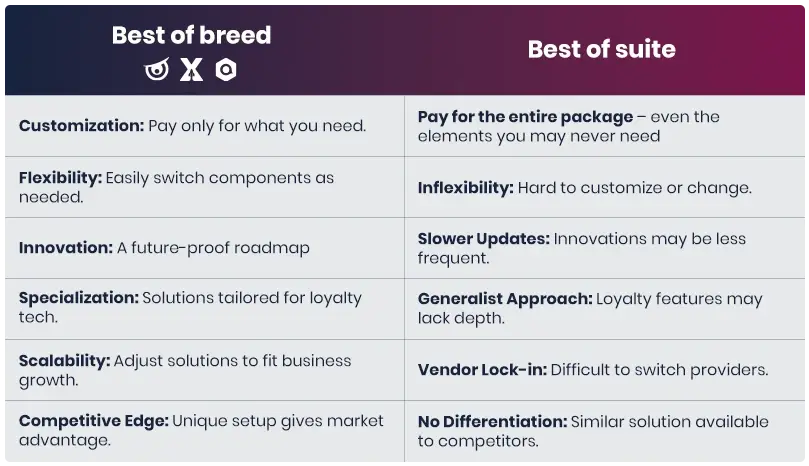
Creating incentive to join
When asking brands about their challenges with loyalty, they share one, common struggle: Getting people to join.
For most, offering an attractive reward – like member discounts or bonus points – is a great way to entice visitors. For example, one retailer offers a 5% discount on every order, while another offers bonuses for money spent.

“Offering free shipping to our members has had a very positive effect. More than half of our online revenue is generated by club members, with one-third of their orders being collected in-store – even though they have free shipping. Club members tend to shop more often, and their basket sizes are bigger, making free shipping a worthwhile investment”
Nikolaj L. Jørgensen
Head of E-commerce, Bog & Idé
Two fashion retailers offer special benefits like early access to sales, exclusive events, or digital storage of receipts (a surprisingly popular perk!). Your benefit doesn’t even have to directly benefit the customers themselves. Some brands donate to charity for every member’s purchase, and that’s something your customer will want to talk about.
For all brands asked, the online store is by far the best place to attract new members, either through a pop-up or by check-out.
So, what about the physical stores? A frequent issue is convincing store owners and employees to sign up members at checkout. Some feel it's not very rewarding, while others may not have the personality for face-to-face sales.
But whatever the problem is, it’s an important nut to crack. One brand made the calculation that customers who shop both online and offline end up buying 6 times per year – otherwise they only shop 2 times per year.

“Never offer a benefit to a loyal customer that a new customer can achieve tomorrow. Or worse, offer an enormous benefit to a brand-new customer that a loyal one can’t achieve. Your loyals need to feel special”
Dick Hesager
Senior Partner Manager, Raptor Services
Data collection
Once you’re the lucky winner of a new club member, it’s important to get as much data you can when you can.
Without zero-party data, first-party data, and third-party data it's impossible to deliver the personalized promotions and communications your loyalty program depends on. But with the phase-out of third-party cookies and consumers taking steps to limit data-sharing, you have to come up with new and better ways to get to know your customers.
Luckily, there are several to choose from:
One retailer revealed that they have created specific content pages – like gift-giving guides or “Back to School” inspiration pages - with the sole purpose of learning about the customers’ interests. This way, they’ll know if a customer is shopping for their partner or children, opening them up to many other categories and campaigns.
For many, connecting the offline and online spheres is essential to understanding the customer’s interests. When a customer shops online, some retailers like Sport24 choose to give a voucher that can only be used in the physical store – or vice versa. Not only does it increase the likelihood of a second conversion. It reveals a more detailed picture of your customer’s behavior and preferences.
Read more: 6 ways to convince your customers to share data with you
You might also consider using a platform like Qualifio, which offers a vast range of gamification formats made with data-collection in mind. Through formats like spin-the-wheel, polls, catcher games, quizzes, and much more, you can entertain your visitors while collecting memberships and important data along the way. All this data can then be unified in a Customer Data Platform and activated relevant campaigns.

“It’s all about getting as much data as you can, when you can. The more you can learn about the customer up front – their behavior, purchases, movements - the more relevant your communication will be from the very beginning”
René Iversen
Marketing Automation Specialist, Sport24
Personalize each customer encounter
You got your members, you collected your data. Now it’s time to personalize your marketing activities. When we asked our e-commerce brands, they had lots of different ways to go about it.
Several brands said that detailed segmentation is one of the best ways to create personal communication.
An important task is to define who are the most valuable subscribers – and how to reward them. For those who had a subscription service, the customers who were both loyal members and subscribers were by far the most valuable segment. Others define a good customer by the number of orders they make per year, with 3 orders per year being the defining number.

“I always recommend to gradually release loyalty benefits to your customers – like releasing air from a balloon. Avoid overwhelming new members by handing out all benefits at once, as this can lead to disengagement and fatigue”
Dick Hesager
Senior Partner Manager, Raptor Services
One fashion retailer even had plans on using AI to predict their best customers, making their loyalty program even more automatic and streamlined.
Others were able to recognize the less active users and incentivize them with exclusive discounts to keep them in the fold. To do this, you can set up a trigger e-mail that automatically sends out an e-mail with a voucher whenever a person enters a certain segment – e.g. high-value customer who has become inactive.


“A loyalty club doesn’t guarantee loyalty. It’s the sum of all the different activities we do, and that’s why it’s important for us to be as relevant as possible no matter where the customer meets us”
Kasper Astrup
Director, Digital Commerce, Zizzi
Key Take-aways
📌 Choose the right tools:
Whether it's integrating a dedicated loyalty engine or using existing ERP or CDP systems, select the technology that aligns with your loyalty strategy and business goals.
📌 Create compelling incentives:
Offering exclusive rewards and benefits can significantly enhance membership signup rates. Tailor these incentives to encourage not just online engagement but also in-store interactions.
📌 Collect data wisely:
With the right data collection strategies, such as using gamification and a Customer Data Platform, you can craft personalized experiences that resonate with your customers.
📌 Personalize and Segment:
Use detailed segmentation to deliver personalized communication, ensuring that every interaction adds value and strengthens customer loyalty.
📌 Keep on Innovating:
Always be on the lookout for new ways to engage and excite your customers. Adapting and evolving your loyalty programs will keep them fresh and effective.
E-book: Customer Data Platform: Your Complete Guide |
Do you want to know how major European retailers excelled at Omnichannel in 2023? |

|
 |
|
Download our complete CDP guide to learn the pros and cons of a Customer Data Platform and how to get started using one
|
This guide shares a bunch of great use cases that you can pick and choose for your next marketing plan.
|
Related Content
You might also like
For years, marketers have been promised “personalization at scale.” You’ve probably heard it...
Learn More
Do you transform your Black Friday encounters into lasting relationships? Or do you let this annual...
Learn More
No reason to sugarcoat it. E-commerce is facing a lot of challenges right now. Chinese giants like...
Learn More
It’s a name that’s impossible to ignore. No matter how hard you try. TEMU. The Chinese giant has...
Learn More
Stakes are incredibly high in fashion. With a global market value of predicted to reach 1.2...
Learn More
Like lots of marketers, you may have been told to find a way to achieve the same (or maybe better!)...
Learn More
We are all feeling the crisis (or rather, a series of crises one after another). It affects our...
Learn More
In 2020, Google decided to phase out third-party cookies, and they recently added a final nail to...
Learn More
When you work in ecommerce, you know the traffic during Black Friday is certainly higher than...
Learn More
Is your brand using Salesforce Commerce Cloud? And are you wondering what your options are in terms...
Learn More
Let us show you what you can achieve with premium personalization


A Raptor expert can share more about the product and answer any questions you have.


